Recently, General Mills introduced Peanut Butter Multi Grain Cheerios. While Banana Nut and Honey Nut Cheerios (which contain almonds) have been on the market for years, seeing peanut introduced into the product line caused those with allergies to make inquiries to General Mills about their manufacturing process and allergen controls. Unfortunately, the answers to our inquiries were not satisfactory.
Allergic consumers are wondering what precautions are in place to ensure that peanut and almond do not come in contact with plain Cheerios, Multi Grain Cheeries, and Apple Cinnamon Cheerios. In response to telephone inquiries, e-mail inquiries, and postings on the Cheerios Facebook page, the answer given by General Mills is “We are confident of our ability to ensure the safety of our products.” This answer is not sufficient to put an allergy parent’s mind at ease.
It is becoming mandatory for companies to disclose if a product contains any of the top 8 allergens in its recipe ingredients. These are “contains” statements, which you now sometimes see reinforced in bold text following the list of ingredients. By reading the ingredient list on Honey Nut Cheerios, we know that they contain: whole grain oats, sugar, modified corn starch, honey, brown sugar syrup, salt, tripotassium phosphate, canola and/or rice bran oil, natural almond flavor, and vitamin E. They reiterate below the ingredient list: Contains almond, may contain wheat ingredients.
What the peanut and nut allergic community are wondering is how General Mills ensures that there is no risk that they may contain traces of peanuts or nuts. The “may contain” statement is voluntary, and its absence from a label does not mean that a product is safe to eat. That’s the reason why allergic consumers have been writing to and calling General Mills.
The risk of an allergic reaction by eating food with traces of your allergen is significant. Dr. Sussman reported to the Canadian Transportation Agency that eating trace amounts using contaminated utensils or transferring the allergen from hands and clothing are the most common cause of anaphylaxis, and that only a minute quantity of an allergen can cause a major immunologic event. He further stated that peanuts and tree nuts account for 94% of fatal anaphylaxis cases. Trace amounts of your allergen can be serious or deadly: One bite of a Entemann’s muffin cross contaminated by tree nuts in the factory caused a severe allergic reaction and sent a child to the emergency department. You can read that story by clicking here.
A reader reported that her peanut, tree nut, honey, and soy allergic daughter was eating plain Cheerios, when her daughter complained that they tasted sour and broke out in hives on her face. The mother found several Cheerios in her daughter’s bowl that were much darker and less puffy that the regular cereal. A few pieces were a different shape altogether (they looked like the cross shapes from Lucky Charms). Another parent reported that she found three different types of Cheerios in her box of plain Cheerios. Finally someone wrote: “This may explain why I seem to have problems eating Cheerios when I otherwise should be able to do so without a problem.”
I finally contacted General Mills myself via the Cheerios Facebook page. I wrote: “We are confident of our ability to ensure the safety of our products. With respect, normally, a company would tell us how this is accomplished. Are peanut or nut containing products made on shared lines with products that don’t contain nuts, but stringent cleaning processes are in place? Do you segregate the peanut/nut containing products to their own area of the facility? Some companies only disclose possible cross contamination if they feel cross contact with an allergen in their production is unavoidable, in which case it would be labelled within the ingredient statement. Please give us more information, Cheerios, so that food allergic consumers can assess risk ourselves and make informed choices. I look forward to your detailed response.”
Cheerios wrote back to me: “Onespot Allergy – Thanks for your question. We actually do all of those things and more. But we do not believe in broad cross-labeling. If it can be avoided, it should be, because unnecessary cross-labeling reduces choice for allergic consumers. Stringent allergen controls, coupled with clear, accurate labeling, help maintain product choices for food-allergic consumers. Of the allergen control practices you mention, we utilize all of them and more, from ingredient and warehousing controls to production management, sanitization and line dedication. If we believe cross contamination could occur, we absolutely would list any potential allergen in both the allergen statement and the ingredient listing. When we are and can be fully confident that cross contamination cannot occur, we do not cross-label. Relative to Multi-Grain Peanut Butter Cheerios, we will say again that there is no opportunity for cross contamination with other Cheerios varieties – and we can make that statement precisely because of allergen controls and allergen management practices we employ.”
I still wasn’t satisfied, nor was another reader who wrote: “We will not purchase Cheerios until the company chooses to be more transparent. I am still deeply disappointed in their decision to carry peanut butter Cheerios and more shocked at the lack of transparency about their manufacturing procedures.”
I wrote to Cheerios again and said: “Thank you for replying. With respect, I need more information to make an informed decision. Specifically, are any peanut/nut containing products made on shared lines with products that do not contain peanuts or nuts? If so, what procedures are followed between runs? Finally, if there is no sharing of lines, are the nut containing/non nut containing products made in the same area or are they are made in their own area? It’s only fair to the allergic consumer for you to provide these details in the manner that almost every company I’ve contacted does. I appreciate your earliest reply.”
Cheerios wrote back: “Onespot Allergy – Thank you for your question. Because of the sheer number of products we produce, it isn’t possible to provide a single answer. Our allergen controls are designed to ensure against cross contamination through all phases of production, from ingredients and warehousing through processing and packaging. Sanitization and line dedication are separate strategies. Complete allergen sanitization is always employed on every line that produces products containing principal allergens. Line dedication is also an option, but even dedicated lines receive regular and routine allergen sanitization. An additional strategy is shared production systems for certain base products – products that do not contain allergens – using separate lines or facilities for the handling or addition of allergenic components, such as flavors or the addition of particulate ingredients. Other companies may provide more detail, but there simply is no one answer for the number of products we produce – and we do not detail our production processes by product. But relative to Multi-Grain Peanut Butter Cheerios, because of the allergen controls and allergen management practices we employ, there is no opportunity for cross contamination with other Cheerios varieties – and we can make that statement with full confidence.”
“I think they are running all Cheerios batches on the same production line. This is probably because the shape of the cereal is critical to their marketing Cheerios. They are probably using sanitation procedures but don’t want to say what they are, and they certainly don’t want to disclose they run all Cheerios on the same line. I’m surprised that they won’t even say they test every batch for allergens. Because they won’t make that statement, I assume they are spot testing. GM can and should do better than the statement they gave you. Honestly, I don’t think it ever occurred to GM that peanut butter Cheerios were going to create a stir in the allergy community and they haven’t handled it well on the back end. Since the whole point is market share, they don’t want to alienate the allergy community, but they will if they disclose the production line. Even though this is a strong statement, Cheerios can and should do better. I think for my family, we will no longer purchase Cheerios. Production lines matter and transparency matters. I will also continue to advise my preschool and Church not to purchase Cheerios.”
I won’t let my peanut and nut allergic son eat anything made on equipment that also processes nuts. Even if peanuts or nuts are in the facility but on a separate line, he doesn’t eat the product. Because I did not get specific information from Cheerios about their production process, and they’ve simply insisted there’s no opportunity for cross-contamination or need for a “may contain” statement, I am no longer confident in its allergen safety.
At first glance, it seems truly unfortunate that peanut butter Cheerios were introduced, but perhaps because its introduction has shone a light on the lack of transparency at General Mills, it’s a blessing in disguise. The peanut or nut allergic population who were munching away on “safe” Cheerios flavors can now reassess safety based on the details General Mills has revealed, and the details General Mills has failed to reveal.
UPDATE: Readers posted this article on the Cheerios Facebook page. In response, Cheerios wrote: “Thank you for your feedback and comments. We’ve created a tab to gather all of the feedback from our fans. It’s on the left hand side of our Facebook page called “Food Safety,” or it’s available at this link: http://on.fb.me/w49vt4. There’s also more information on there about our allergen management practices, including some information from FAAN, “Components of an Effective Allergen Management Plan”. We can say with complete confidence that Multi Grain Cheerios Peanut Butter will not cross contaminate other Cheerios varieties, and we can make this statement because of the allergen controls and allergen management practices we use.”
*If you found this post helpful, I would love for you to use the “Sharing Is Caring” bar (below) to share this post via Facebook or Twitter. If you’re reading this as an e-mail message, you need to jump over to my blog first by clicking here.
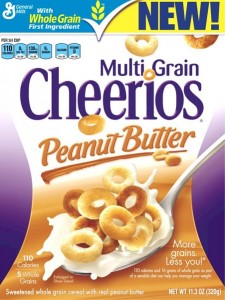
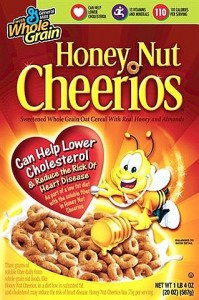
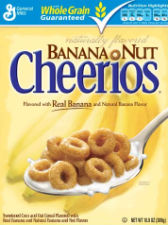
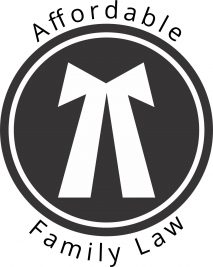
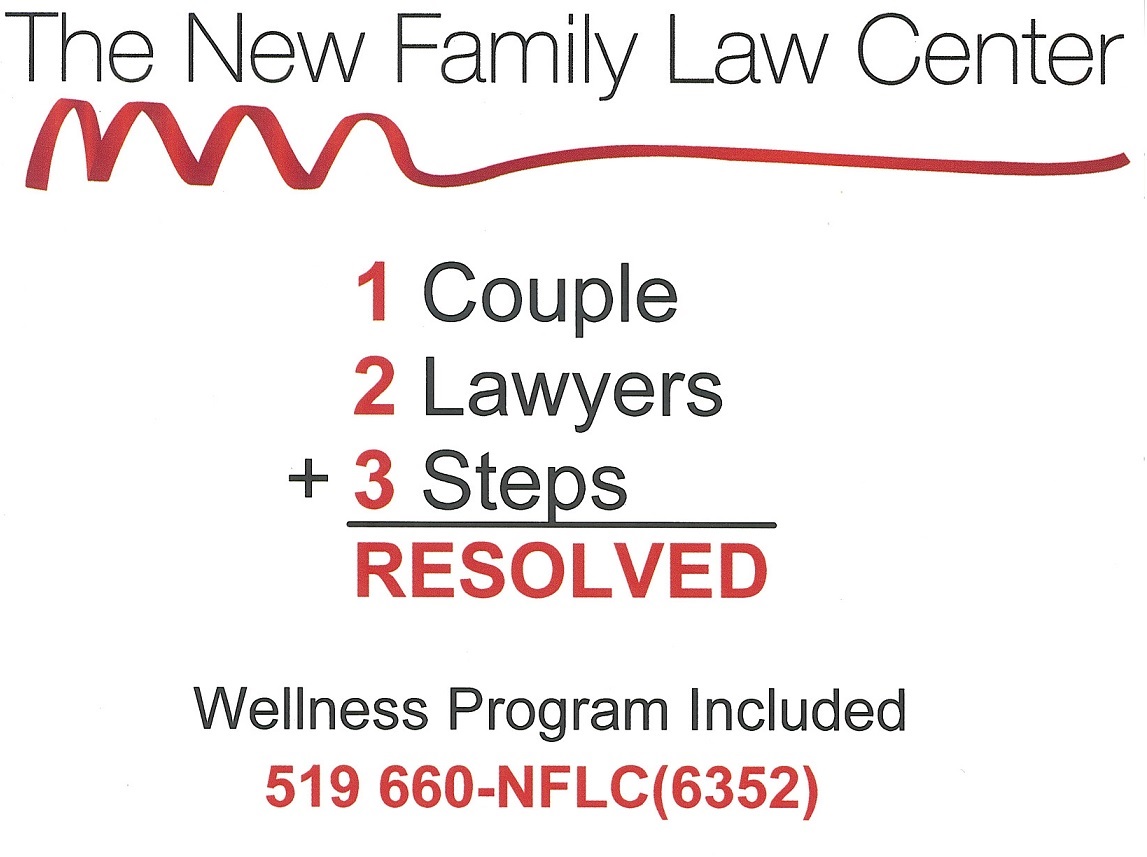


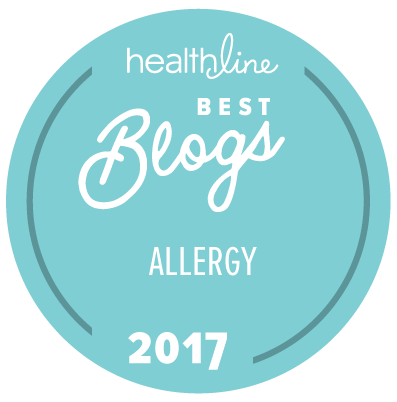
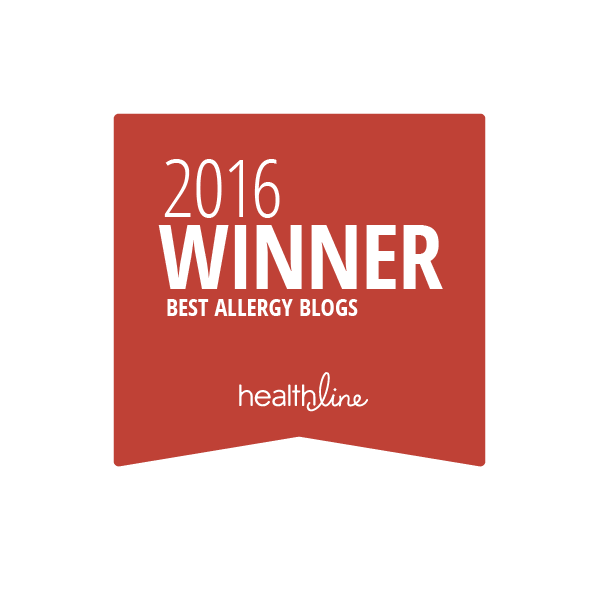
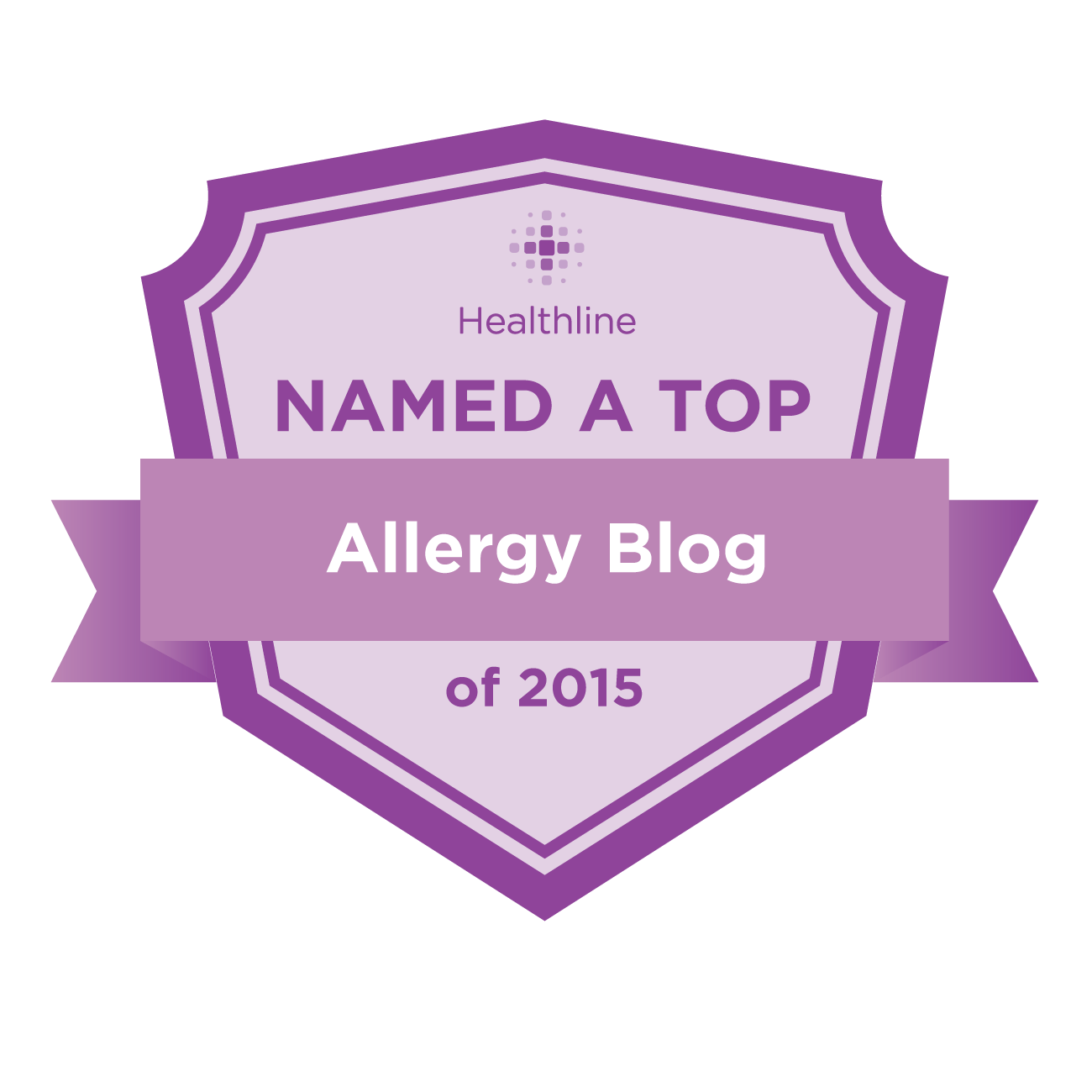
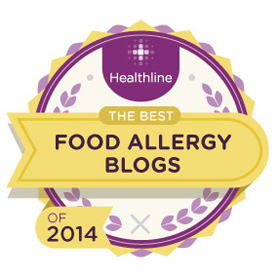

Again, WHY should we trust General Mills’ claims of TRUST ME, we are confident our products contain no cross-contamination and we have the best prevention measures in place, yada yada. Why don’t they allow parents to make their own informed decisions regarding our children’s specific needs? This is just one recall I found with a quick one page search:
http://www.foxnews.com/health/2011/10/21/general-mills-recalling-improperly-labeled-peanut-bars/
I am a peanut-allergic adult. We’re not buying ANY Cheerios ever again. GM has BLOWN it on this issue!